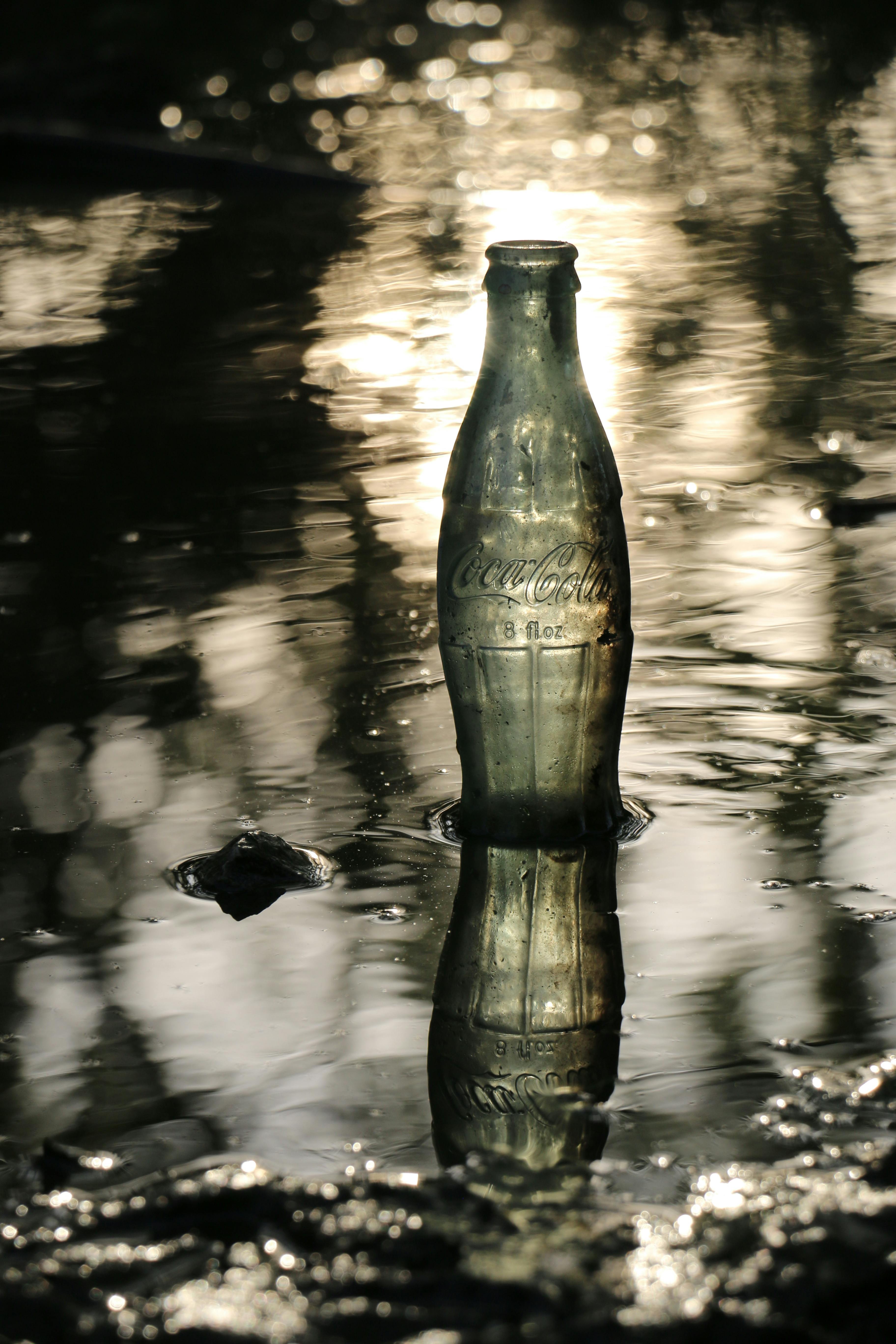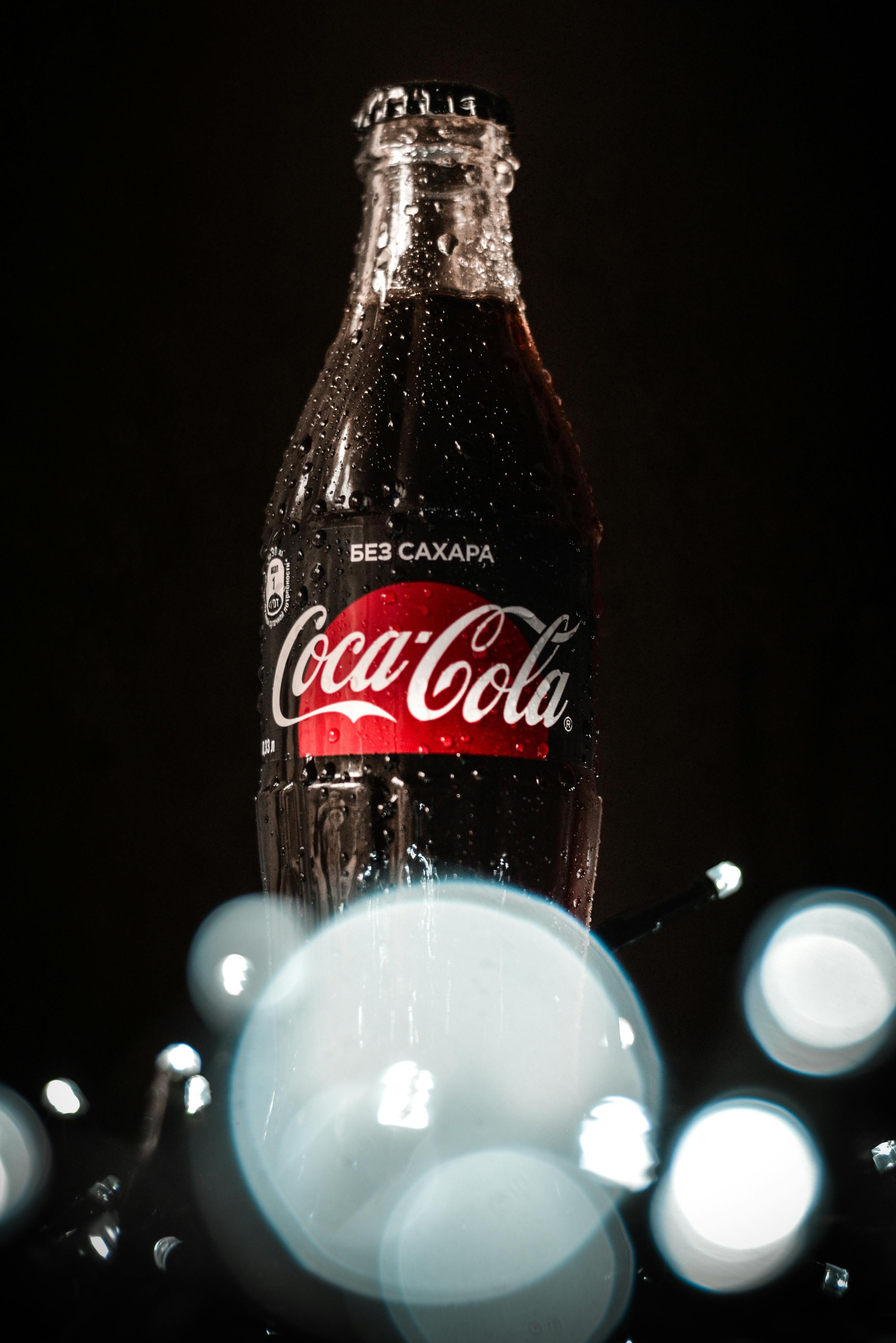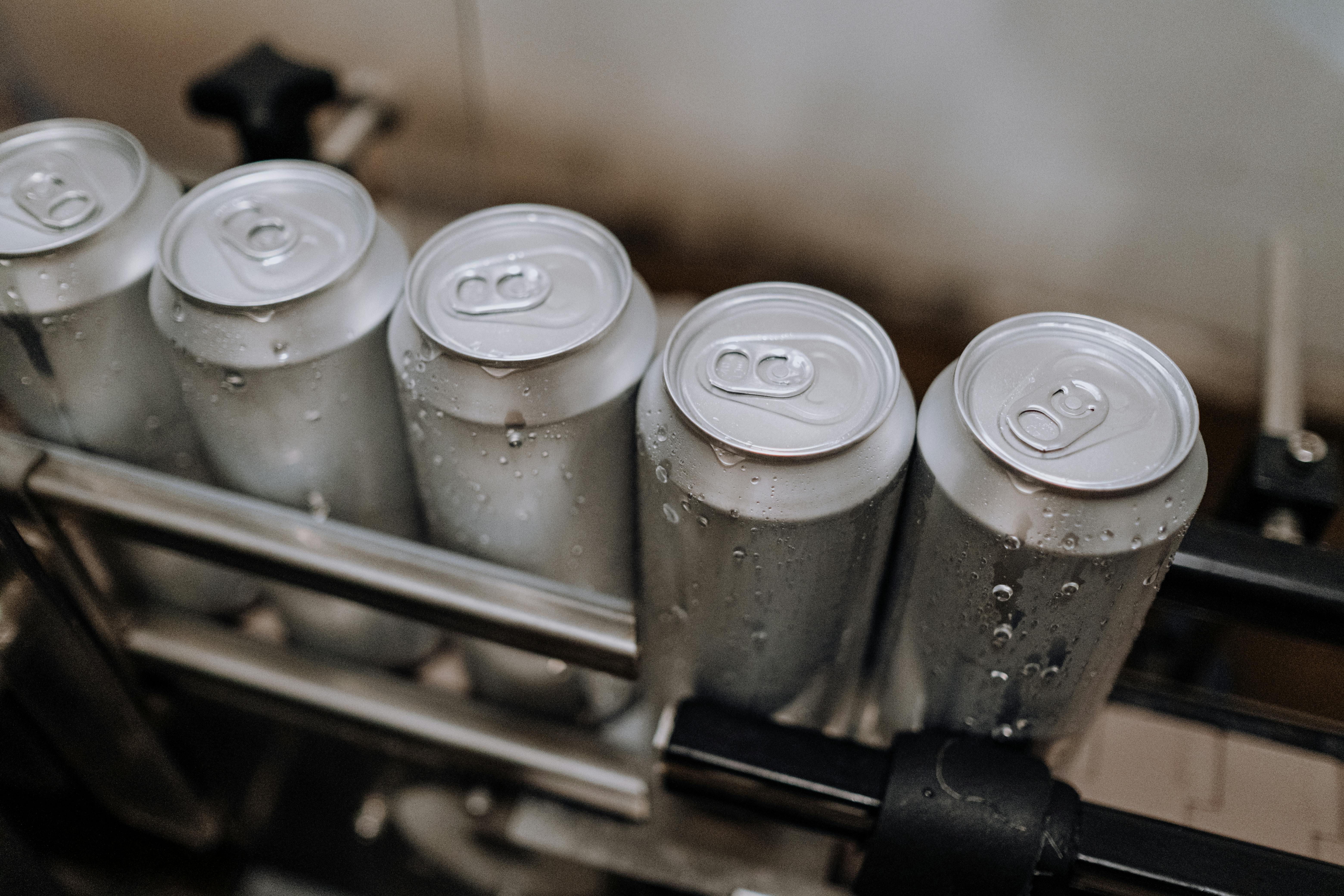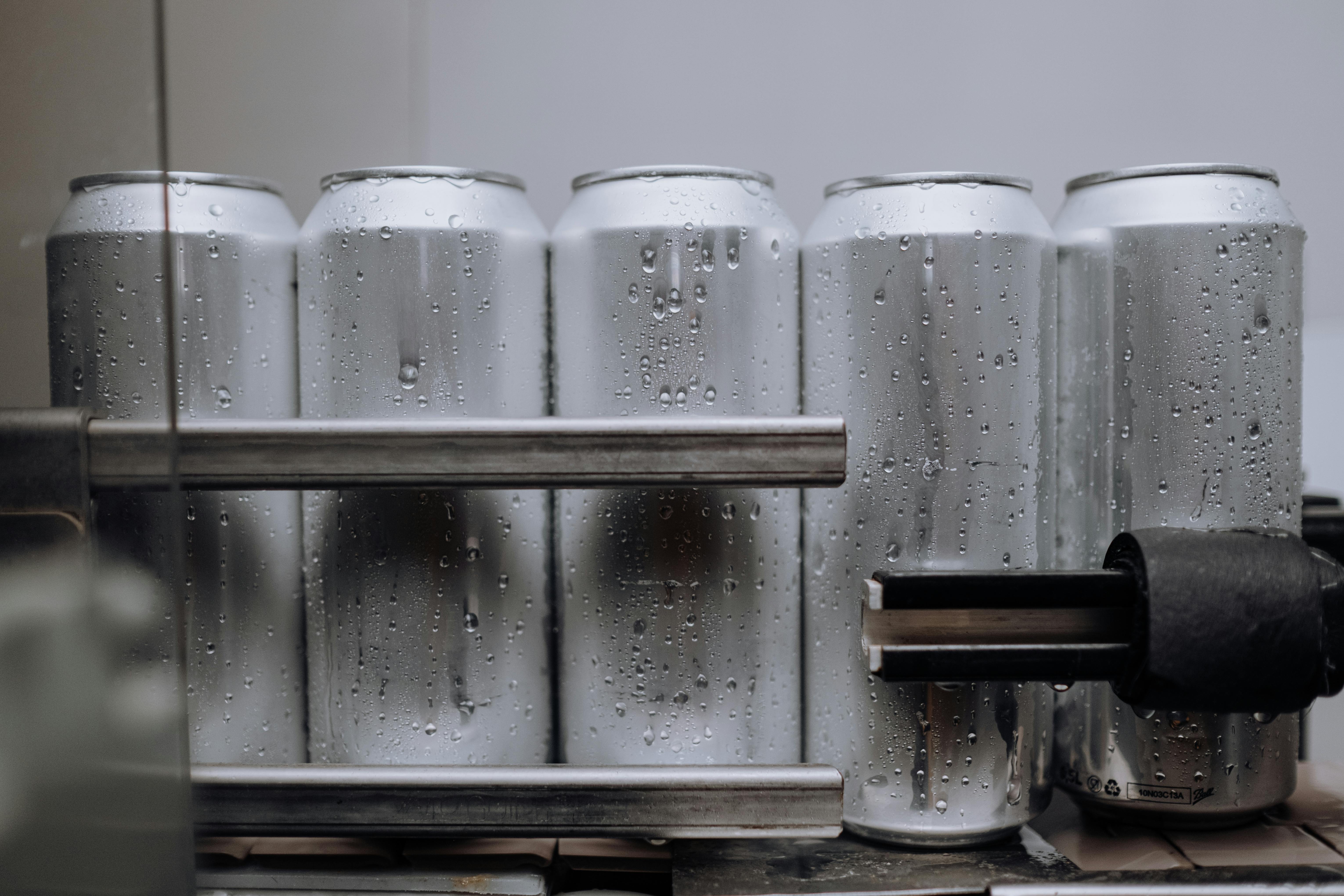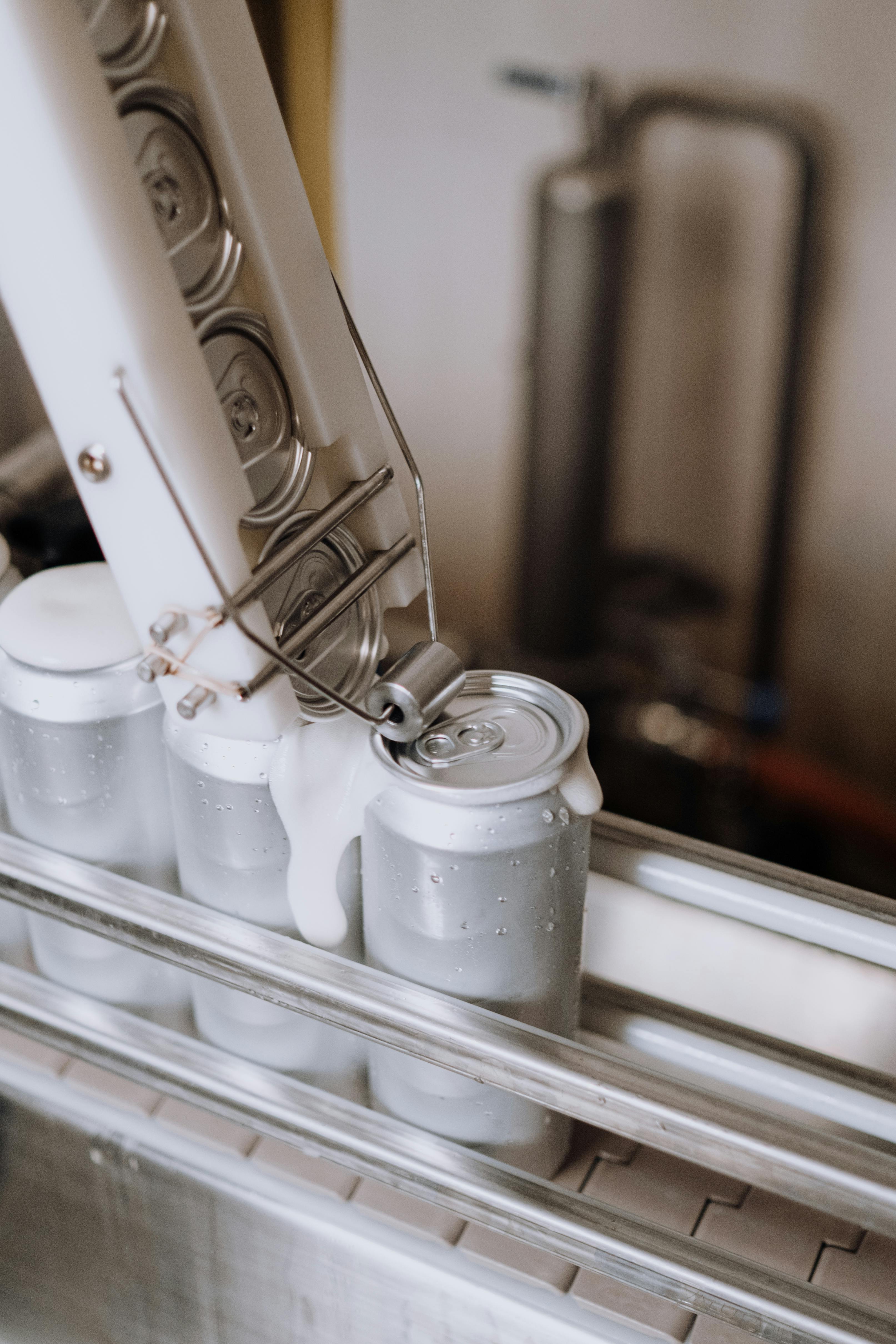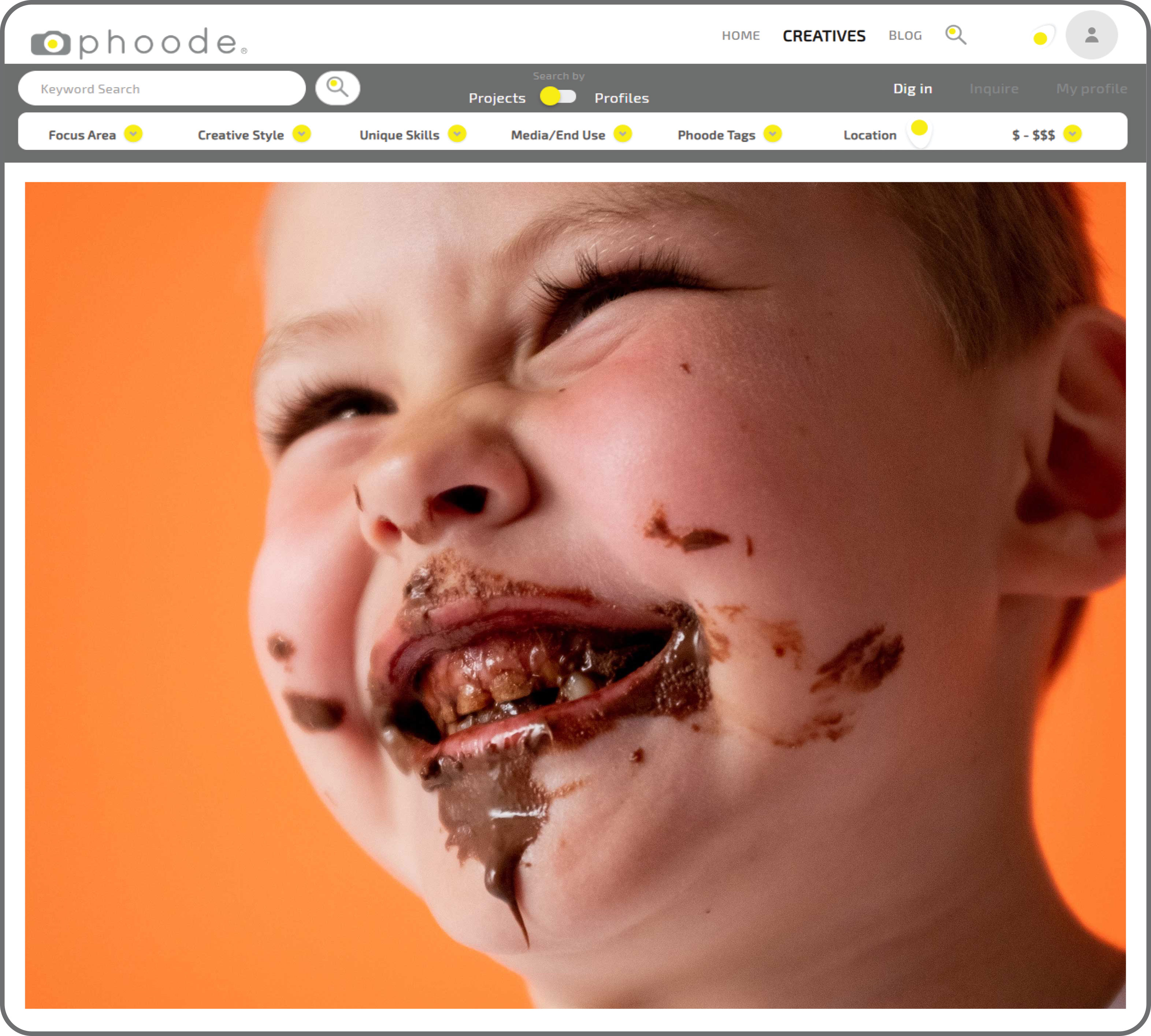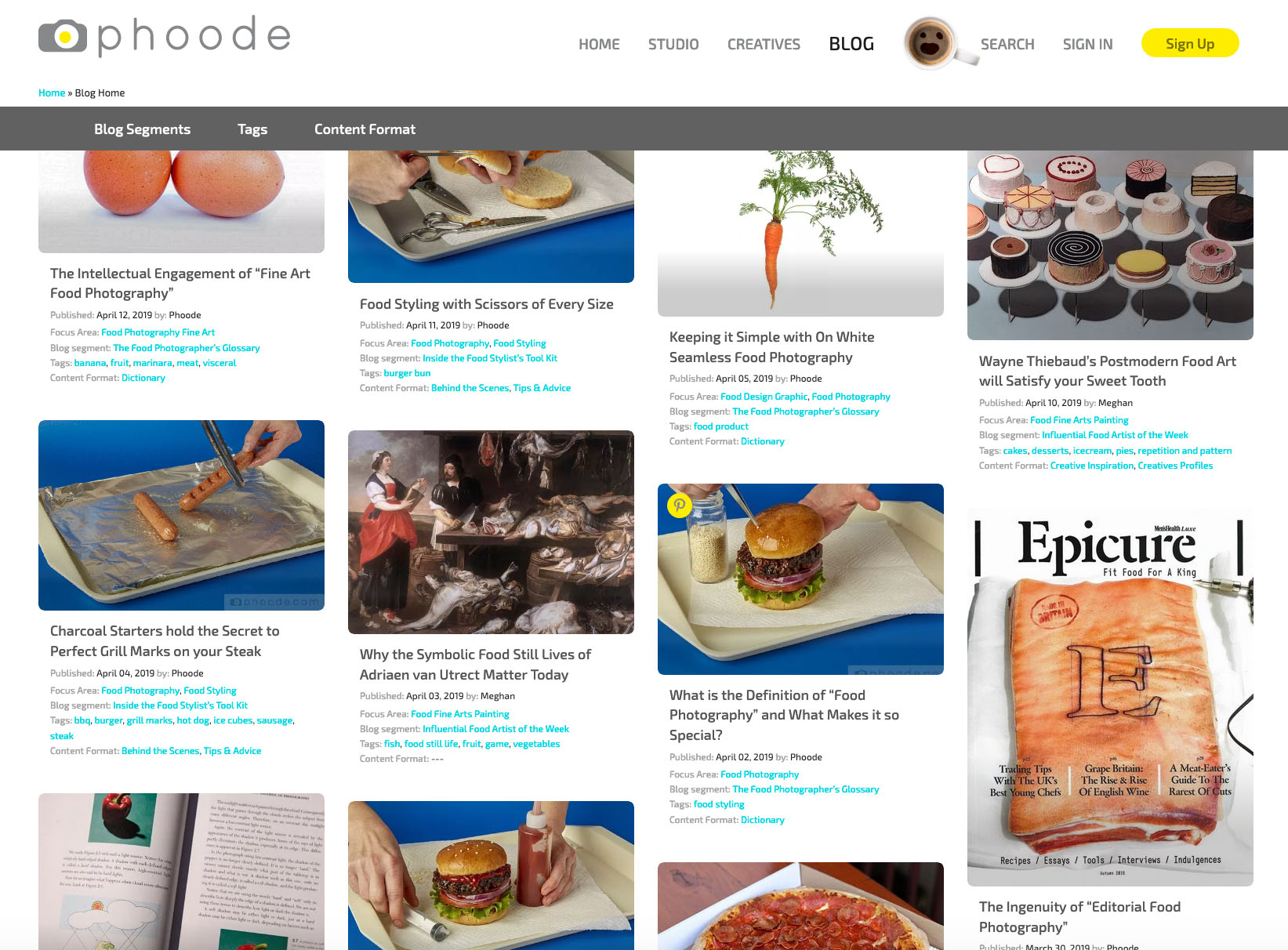Coca-Cola’s Creative Triumph Over the Monotony of Rows of Soda Cans at Erewhon’s Market
In the bustling aisles of Erewhon and Whole Foods markets across Los Angeles, a vivid snapshot of the modern beverage startup craze unfolds. Rows upon rows of soda cans, each radiating with bold colors and sleek designs, create a vibrant tapestry of consumer choice. These cans, the front-line soldiers of various beverage startups, are infused with a unique blend of health claims—from cures for memory to remedies for brain tumors—all presented in intriguing flavors with catchy branding slogans, all vying for a moment of consumer attention.
While the shelves of Erewhon and Whole Foods showcase the dynamism and creativity of these beverage startups, they also reflect the challenges of a saturated market where differentiation is crucial yet increasingly difficult to achieve. In this environment, only those brands that offer true value—through quality, authenticity, or unique storytelling—will capture and retain consumer interest.
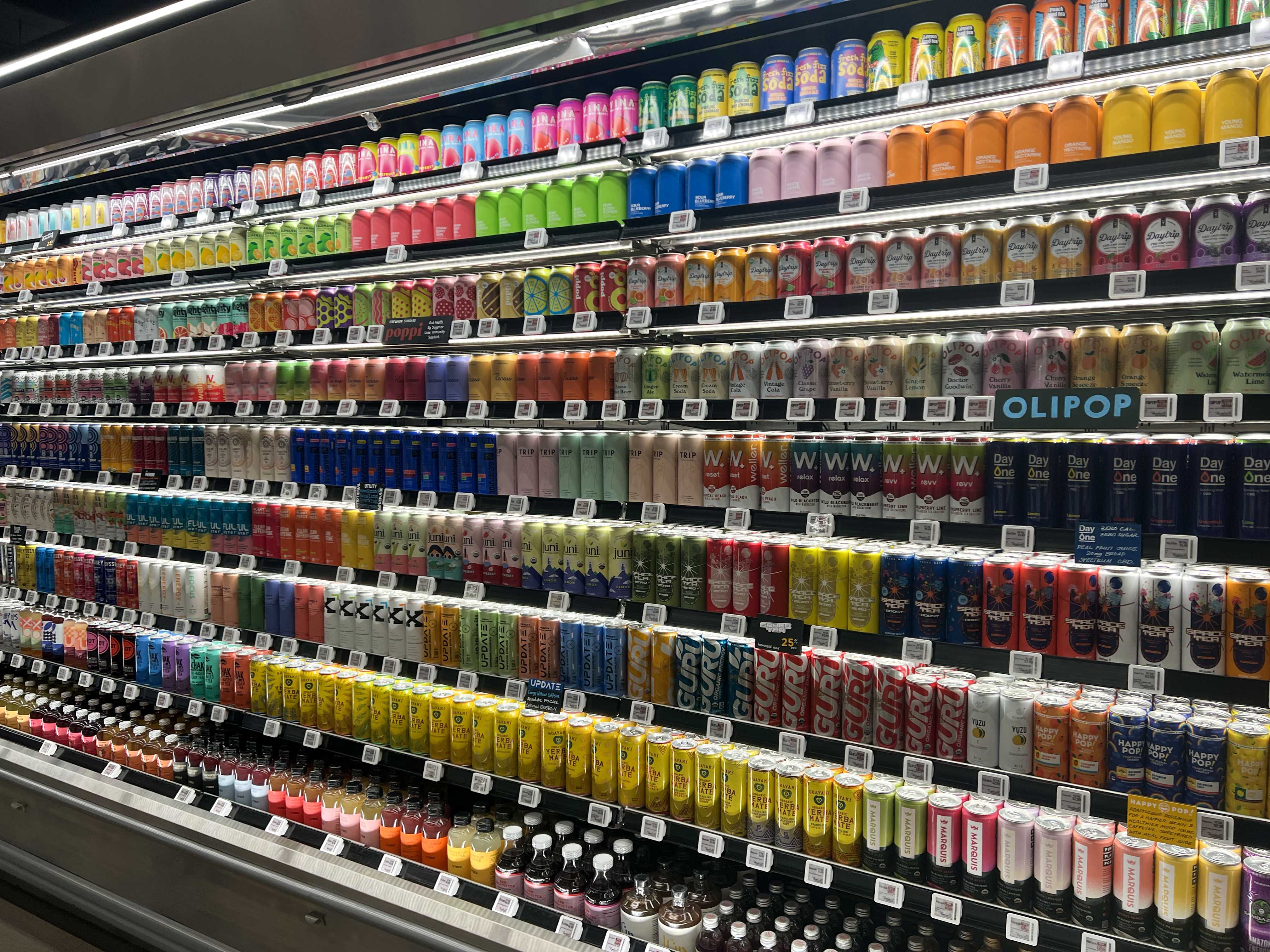
Despite the diversity in offerings, an underlying uniformity pervades the scene. This paradox of choice—where a multitude of options results in a visual and conceptual blend into sameness—raises a critical question:
What drives a consumer to pick one can over another in this saturated market?
The visual appeal plays a significant role, initially. Startup brands often invest heavily in eye-catching design to create visual differentiation. But with every brand aiming to stand out, the shelves become a blur of similar tactics—vivid graphics and colors, quirky fonts, or minimalist aesthetics. This overwhelming similarity can dilute individual brand identities, making none stand out.
The health and wellness messaging that dominates product messaging is another significant factor. Many beverage startups position their products as not just drinks but as health supplements. Claims of organic ingredients added vitamins, or no added sugar cater to health-conscious consumers. However, when each can boast similar health benefits, the uniqueness of these claims wanes, and consumers may become skeptical of the authenticity and real benefits, leading to decision fatigue.
Ethical branding and sustainability is another buzzword that permeates the packaging and branding strategies of beverage startups. Eco-friendly packaging, carbon-neutral certifications, and ethical sourcing are touted as not just product features but moral imperatives. While this can attract a segment of environmentally conscious consumers, the overuse of such terms can render them less impactful as differentiators if every brand appears equally committed.
Amid this craze, brands that can evoke a sense of nostalgia or create an emotional connection through storytelling have an edge. Consumers might gravitate towards brands that remind them of a simpler time or tell a compelling story about their origins and mission. These connections are often what makes a consumer reach for one can over another in a seemingly endless sea of options.
Ultimately, the challenge for beverage startups is not just to stand out visually but to build a genuine connection with consumers. In an age of high cynicism towards marketing, authenticity becomes a rare and valuable commodity. Brands that can communicate their values honestly and back up their claims with genuine quality and commitment are those that can truly distinguish themselves in the crowded marketplace.
This question takes us back to a pivotal moment in 1915 when the Coca-Cola Bottling Association decided to differentiate their product in a market saturated with indistinguishable cola beverages. Their solution was not just functional but visionary: a bottle so distinct that it could be recognized by feel in the dark or even when shattered on the ground. This was more than a bottle; it was a bold declaration of identity.
The unique contours of the Coca-Cola bottle became a cornerstone of the brand’s marketing strategy. This bottle wasn’t just a container; it was a symbol, instantly recognizable and deeply memorable. It distinguished Coca-Cola in a market awash with imitators and solidified its image in the minds of consumers worldwide. As decades passed, the Coca-Cola bottle transcended its commercial origins to become a cultural icon.
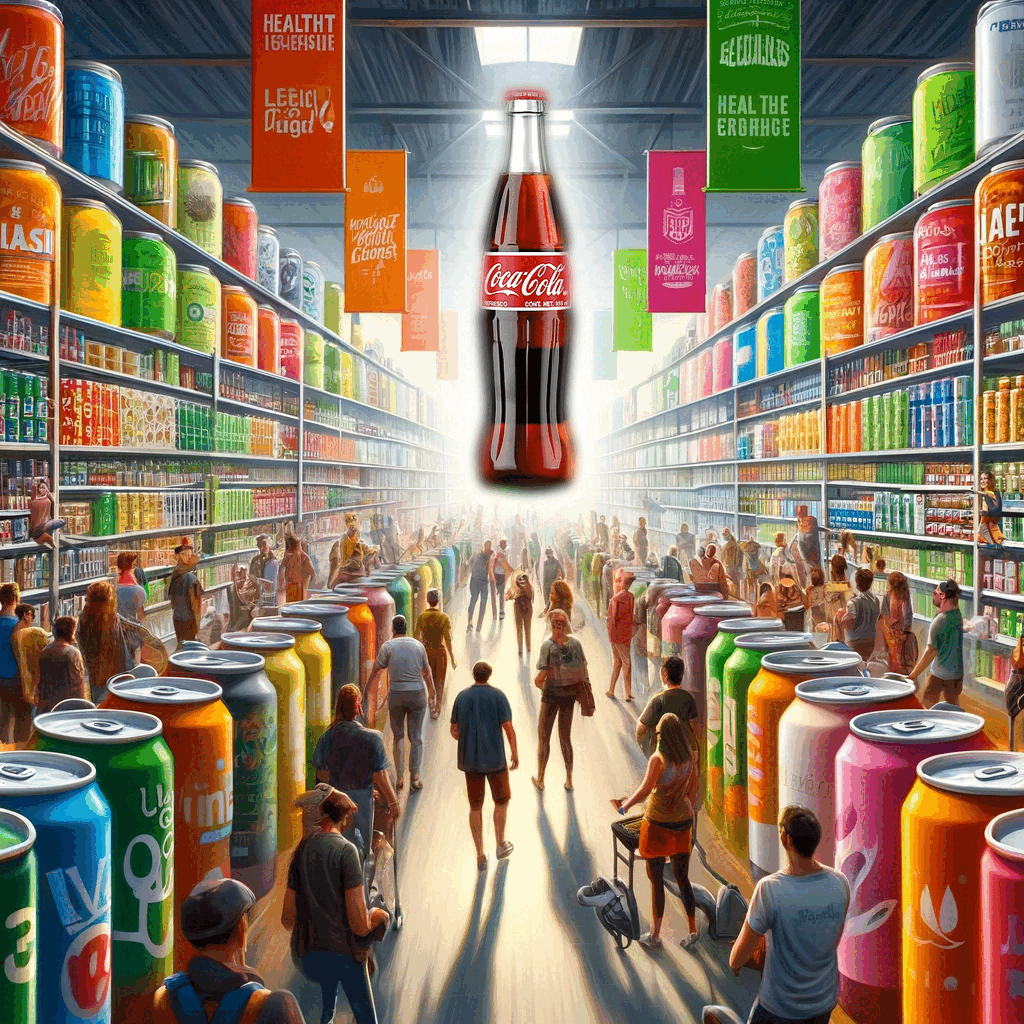
The story of the Coca-Cola bottle teaches us the enduring power of design and sensory branding. A well-thought-out design does more than package a product—it tells a story, conveys values, and builds a legacy. This bottle was not just recognized; it was felt, it was experienced.
Today, in a market teeming with fleeting trends and transient brands, one might wonder if the Coca-Cola lesson holds.
Do brands still strive for such distinctive, lasting identities, or have we drifted into an era of homogeneity where designs blur and nothing truly stands out?
In the aisles of modern grocery stores, bodegas, and craft markets, amid the uniform rows of products, the Coca-Cola bottle still catches the eye, reminding us that at the heart of every successful brand is not just a product, but a story waiting to be told, a sensory impression waiting to be made.
This narrative is a testament to the time when one brand dared to dream differently, to design not just for the eye but for the hand and the heart. And as we ponder on what sets one soda can apart from another, perhaps it’s that very courage to be distinct—to be felt beyond the visual, to be known even in darkness—that defines
the global iconography of Coca-Cola.
While boutique sodas from Erewhon and Whole Foods may capture the interest of health-conscious consumers with deep packets within niche markets in the United States, their recognition pales in comparison to the global iconography of Coca-Cola.
Suppose you were to travel around the world. In that case, the reality becomes strikingly clear: few people outside of certain American locales would recognize or know about the artisanal, health-focused sodas found on the shelves of Erewhon and Whole Foods. In contrast, Coca-Cola is universally known and often seen as a quintessential representation of American culture. This is evidenced by the vast array of images available on global stock photography websites (look below at just a few I selected), where Coca-Cola frequently appears as the queen of all sodas and a symbol of the American lifestyle. Should these people hold the can of a startup-invented soda, no one would even know what that is.
It transcends mere beverage status, embodying a cultural presence that spans decades and continents. This stark difference in brand recognition underscores the profound impact of Coca-Cola’s long-standing global marketing strategies and its deep-rooted identity in the collective consciousness of consumers worldwide. This universal familiarity is a testament to Coca-Cola’s successful branding, which ensures that it is not just recognized everywhere but also deeply associated with the very essence of Americana. Do beverage startup founders aim to change that image of America around the world? Do they have a strategy for that?
Building not to last but to sell?
As Olipop soda carves its niche within the health-focused canned beverage market in the US, distinguishing itself from giants like Coca-Cola is crucial. By shifting its marketing from general health claims to highlighting the specific benefits of its unique ingredients, such as digestive-supporting prebiotics and plant-based fibers, Olipop can solidify its position as a premium, health-centric alternative. Enhancing its visual branding to better showcase these attributes—through clearer, more impactful packaging and targeted messaging—could justify its higher price point of $2.69 a can at Whole Foods. This approach ensures Olipop stands out not just for its flavor but for its tangible health benefits in a crowded market. Despite its aspirations to reshape America’s beverage market, Olipop faces challenges. The brand’s health claims are often contradicted by advertising imagery featuring sugary frosting deserts and ice cream scoops atop their cans, undermining their health-focused branding. This inconsistency could erode their credibility and raise questions about their authenticity and commitment to health. Without a coherent vision, the brand seems scattered, and with the high price point, its long-term success is questionable. I see a lot of other beverage brands making similar mistakes. I often wonder if the most successful ones will eventually sell their brand to Coca-Cola or Pepsico.
The beverage market, particularly within health-focused enclaves like Erewhon and Whole Foods, is burgeoning with startups vying to make an impact with their innovative and health-centric products. However, this surge also highlights a critical oversight: many of these startups display noticeable shortsightedness and lack of long-term vision for their products. This can be seen in their approach to branding and market positioning, which often prioritizes immediate trendiness and quick profit over sustainable growth brand longevity, and impact on humanity.
The shortsightedness and lack of vision
Many beverage startups focus intensely on capturing the current zeitgeist, integrating buzzwords like “organic,”, “gut-health”, “non-GMO,” “zero sugar,” and “eco-friendly” into their branding. While these features attract a specific demographic of health-conscious consumers, they often fail to differentiate the brand in a meaningful way that would ensure its survival and relevance beyond the short-term and local fan base. The reliance on trendy attributes can make it challenging for these brands to establish a lasting legacy or expand their appeal to broader markets.
This lack of long-term vision is further reflected in the rapid turnover of products on shelves. Many startups quickly pivot or rebrand in response to the slightest shifts in consumer preferences or market trends, rather than building a consistent and recognizable identity. This approach can confuse consumers and erode brand loyalty, as there is little substance for customers to attach to beyond the fleeting appeal of being part of a current trend.
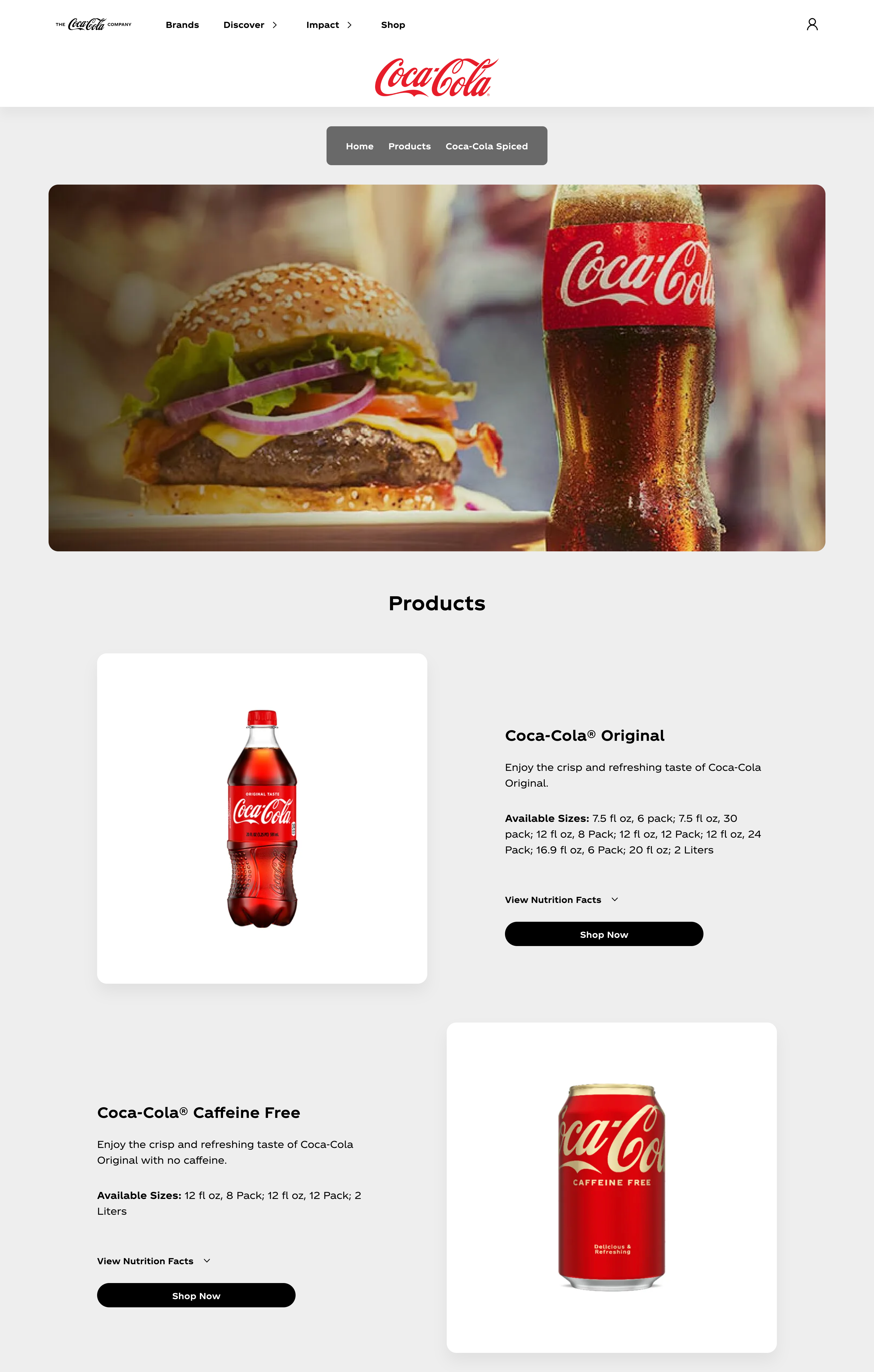
Moreover, the focus on niche markets such as those shoppers frequenting Erewhon and Whole Foods can limit these brands’ ability to scale. While these stores are known for their high-quality and health-focused offerings, they represent a relatively small segment of the global food and beverage market. By designing products that cater almost exclusively to this demographic, startups may miss opportunities to connect with a wider audience that is less tuned into the health and wellness trends but more likely to be loyal to brands that offer broader appeal.
In contrast, established brands like Coca-Cola have demonstrated the importance of building a global and enduring creative brand identity that resonates across diverse markets. Coca-Cola’s focus on universal themes of happiness and togetherness, combined with its consistent and memorable branding—exemplified by its iconic bottle—allows it to maintain a powerful presence worldwide. This long-term vision and deep understanding of brand-building stand in stark contrast to the approach taken by many beverage startups, which may need to rethink their strategies to achieve similar longevity and recognition.
By focusing more on crafting a clear, distinctive brand identity that can adapt and grow with changing consumer landscapes, beverage startups could enhance their potential for long-term success and avoid the pitfalls of being just another fleeting trend on the health-focused aisles of upscale grocery stores.
If you are a beverage brand founder or marketer, I would love to hear your thoughts on this.
Published on: April 15, 2024





